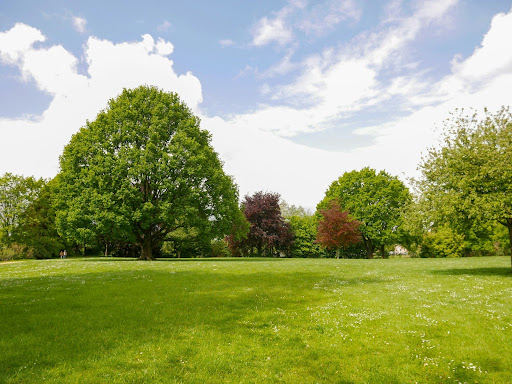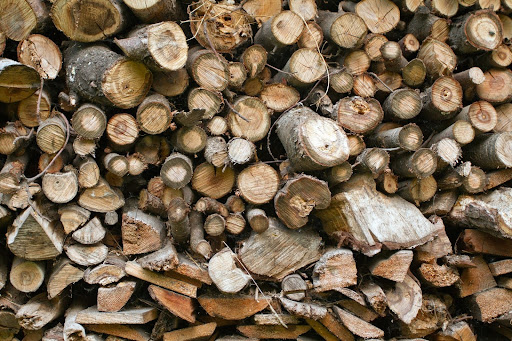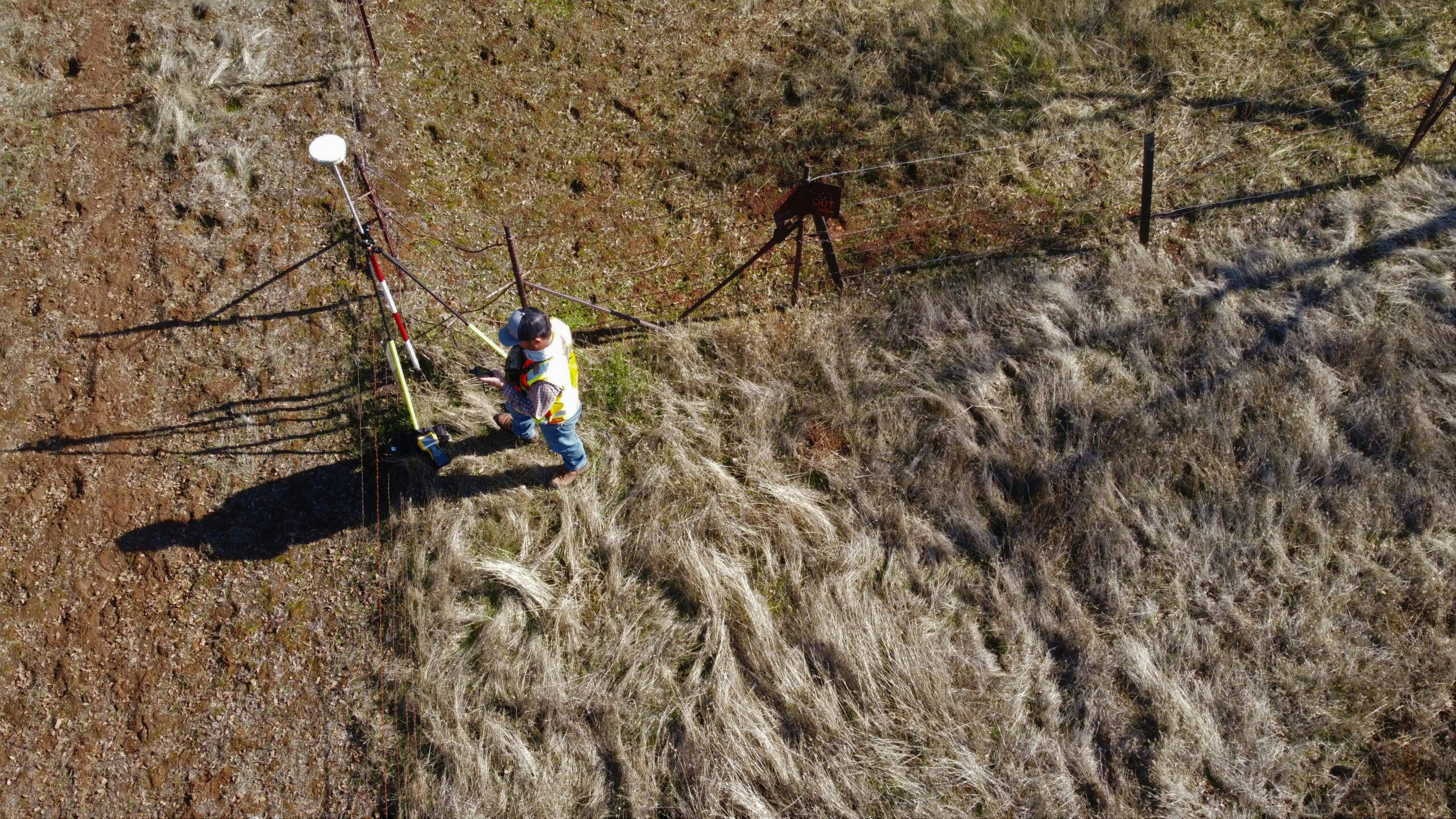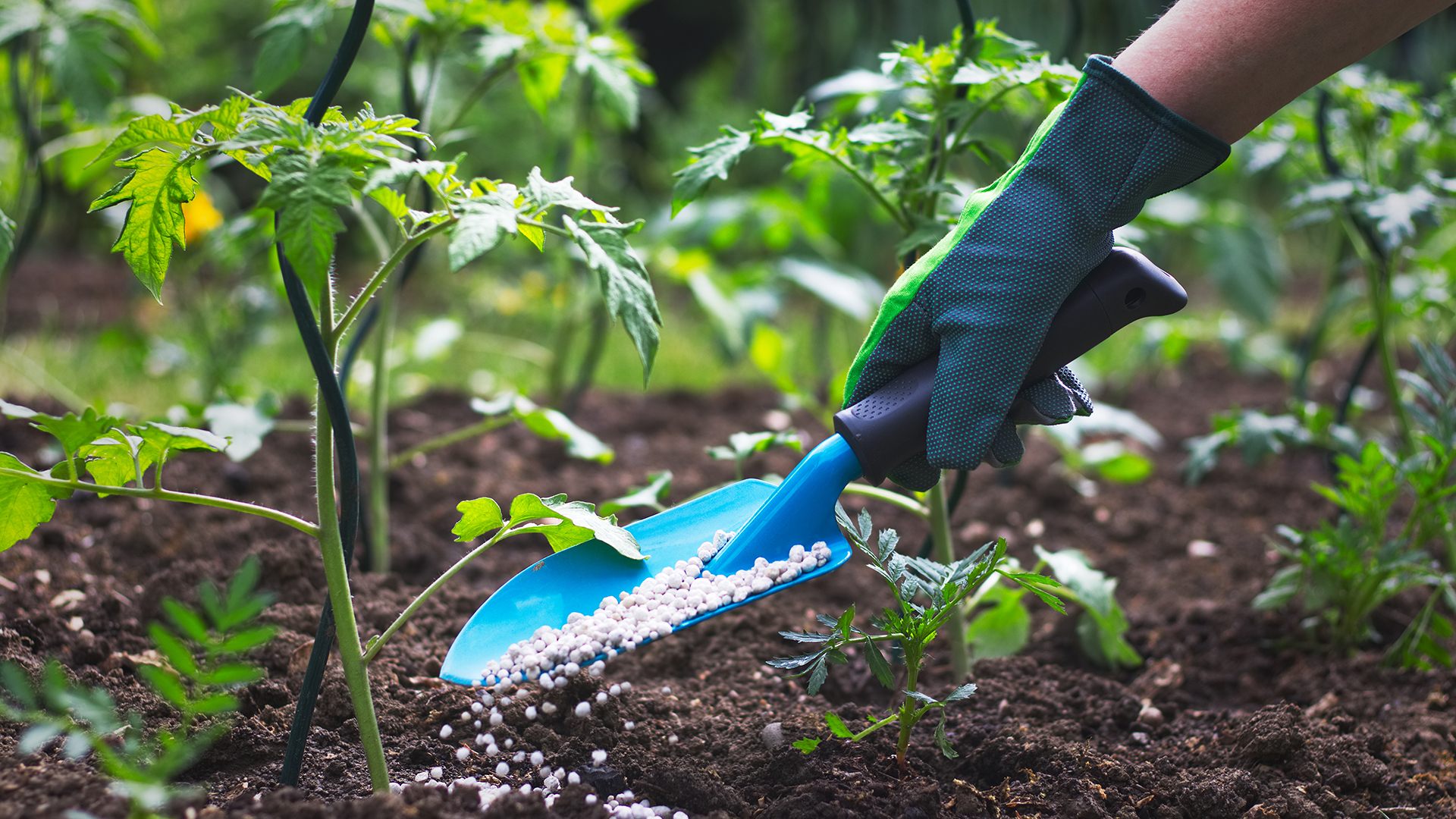
Date August 22, 2024
With so many ways to care for the landscape, property owners may wonder about eco-friendly tree care practices. Our TreeNewal team has the answers and guidance property owners seek. This overview discusses various eco-friendly tree care practices perfect for the Flower Mound area.
What Are Eco-Friendly Tree Care Practices?
Image via Unsplash by Daniela Paola Alchapar
Trees are a vital part of our ecosystem that provide countless benefits, from improving air quality to enhancing property value and offering habitat to wildlife. As environmental concerns grow, adopting eco-friendly tree care practices becomes essential. These practices ensure the health and longevity of trees and contribute positively to the environment. Eco-friendly tree care practices allow property owners to support the wellness of the trees on their property.
Creating a Water Conserving Irrigation System
Watering trees sufficiently is crucial for their health, but traditional irrigation methods can lead to waste and inefficiency. Implementing a water-conserving irrigation system is a sustainable approach that helps ensure trees receive the necessary hydration while minimizing water usage. Drip irrigation systems are particularly effective; they deliver water directly to a tree’s root zone, reducing evaporation and runoff. Additionally, incorporating rain barrels to collect and store rainwater can provide a natural water source for irrigation, further conserving resources. Optimizing water use supports tree growth while contributing to broader water conservation efforts.
Using Natural or Organic Pest Control Methods
Pests can pose a significant threat to tree health, but using conventional chemical pesticides often comes with environmental downsides, including harm to beneficial insects and soil and water contamination. Natural or organic pest control methods offer a more sustainable solution.
Integrated pest management is one effective approach. It combines biological controls, such as introducing natural predators, including ladybugs or lacewings, with cultural practices, such as maintaining tree health, to make the environment less favorable for pests. Organic insecticides derived from natural sources are also effective as a last resort. Minimizing chemical use protects trees and the surrounding ecosystem.
Planting Native Tree Species
Planting native tree species is one of the most effective ways to promote ecological balance. Native trees are well adapted to the local climate, soil, and ecosystem, making them more resilient and less resource-intensive than non-native varieties. They require less water, fertilizer, and pest control, which reduces the environmental impact associated with their care. Additionally, native trees support local wildlife, providing food and habitat for native birds, insects, and other animals. Choosing native species enhances biodiversity and contributes to the preservation of regional ecosystems, creating a more harmonious and sustainable environment.
Adopting eco-friendly tree care practices is a powerful way to contribute to environmental sustainability while ensuring the health and vitality of trees. Implementing water-conserving irrigation systems, using natural or organic pest control methods, and planting native tree species all positively impact the environment. If you need help embracing an eco-friendly approach to tree care, give our TreeNewal experts a call. Our ISA-certified arborists can offer the guidance and know-how to take care of your trees and the beautiful landscape around you.









